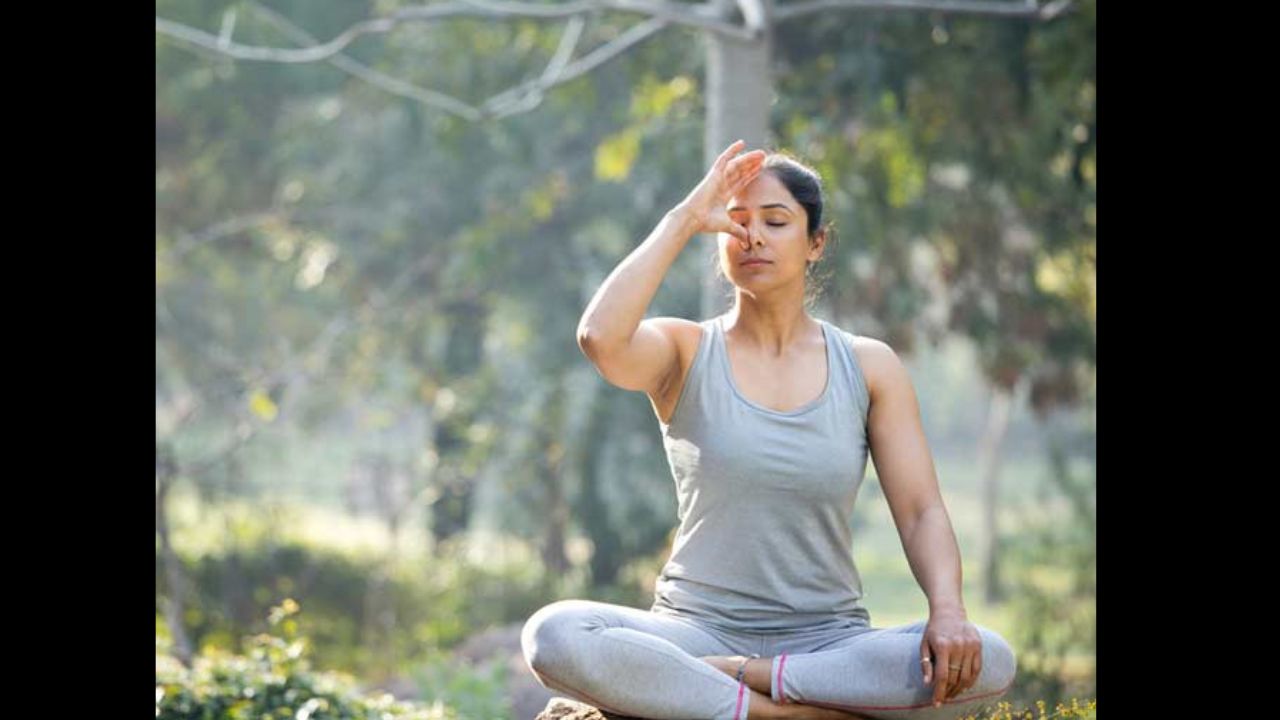Every muscle, system, and organ in the body is impacted by breathing, which occurs automatically and without our conscious awareness. However, when we breathe deliberately, as we do during yoga practice, we may change this, especially for people with bronchial asthma. Our thoughts and behaviors will be in harmony once the entire body is in balance since breathing has the effect of aligning, soothing, and reawakening the body.
Yoga poses or simple breathing exercises include:
1. Bhastrika Pranayama
Pranayama are breathing exercises, and this one is called bhastrika. When you practice this pranayama, your breath should sound like the bellows blacksmiths use.
Bhastrika practice increases the body’s capability. The more you practice this breathing technique, the more you’ll gain in terms of physical, psychological, and spiritual well-being.
Method:
• Assume any comfortable sitting position, such as Padmasana, Sukhasan, or Ardhapadmasan.
Arc your back, close your eyes, and kneel with your hands in the Prapthi Mudra.
• Breathe in and out deeply and fully. The ratio of inhalation to exhalation should be 1:1. For instance, you need to exhale after taking six breaths in.
2. Anulom Vilom
A specific sort of controlled breathing (pranayama) used in the practice of yoga is referred to as anulom vilom. You must do it by closing one nostril while inhaling and the other while exhaling. The procedure is then repeated in reverse.
Stress reduction, better breathing, and increased circulation are just a few of the numerous physical and psychological advantages of alternate nostril breathing that have been reported. Some of these claims are supported by scientific data.
Method:
• Take a comfortable seat, ideally cross-legged. (like Padmasana, Ardhapadmasan, or Sukhasan) • Align your spine and close your eyes
• The method calls for breathing through your opposing nostrils, using your right nostril for exhalation and your left nose for inhalation.
Close your right nostril for left-sided intake, your left nose for right-sided expiration, and your right nostril for right-sided inhalation to complete a breath cycle.
• Gently squeeze the air out of your nostril with your thumb. The airflow from the right nostril is to be blocked.
• Ensure that your right nostril feels equally pressured when you inhale through your left nostril.
• Take a long, deep breath in.
• While opening your right nostril, close your left one to let

 English
English






